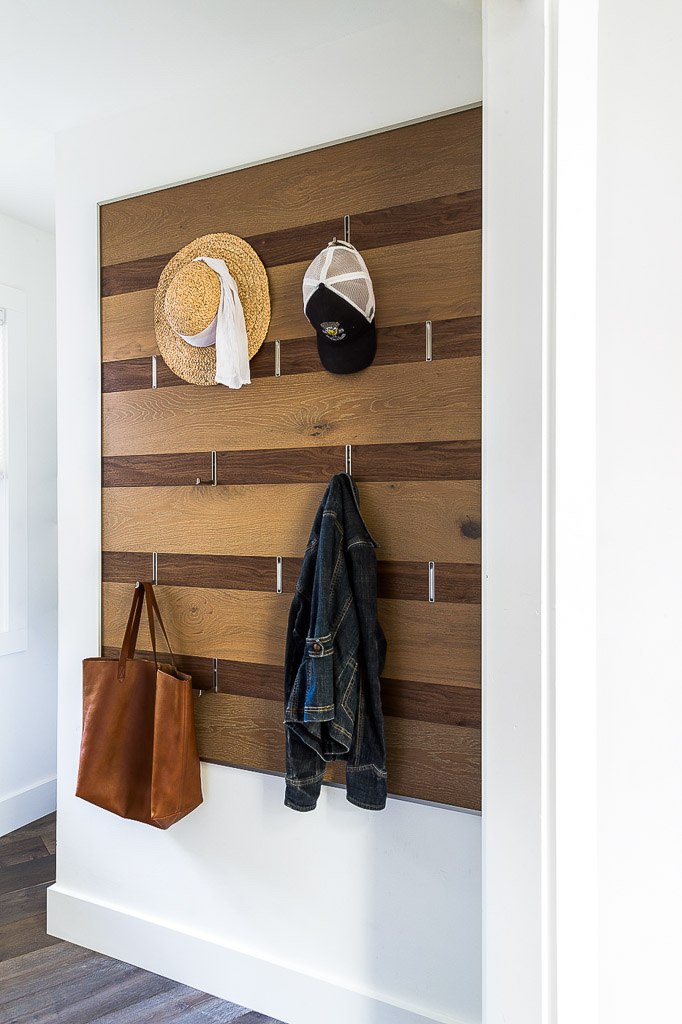Image courtesy of Getty Images
One of the most overwhelming aspects of remodeling is knowing where to prioritize your spending, and how to avoid the pitfalls that we hear about so frequently. After 14 years of helping clients navigate their remodels (and completing a few on my own home) I’ve developed opinions about where it pays to spend and where it doesn’t.
Don’t spend money:
Randomly as you stumble across deals, without a well developed plan of attack (especially if it will be unfolding in phases).
On fads or trends – it will be money wasted in a few years.
On something you want impulsively, and in your heart you know you are compromising, but you want it RIGHT NOW!
On trying an untested vendor or a product sight unseen. If you can’t see it in person, make sure that someone you trust has used the product or vendor and had a good experience. Avoiding surprises is the name of the game.
On accommodating the priorities of friends rather than your own. For example, don’t buy something just because your neighbor has it, or you think it will impress others. Buy it because it will make you happy or your life easier.
Did I already say “because it is a good deal”? I can’t say it enough. Believe me, if the price seems too good to be true, it usually is. (Here is a funny example – we noticed a little doll sized bench show up outside our elderly neighbor’s door. His son said “Oh – we are returning that – dad ordered it online because it looked like a deal.” Ha! Extreme case, but perfect example.)
Do spend money:
On talent and expertise different than your own. Hiring a professional with experience will save you money AND headaches (they’ve already made, AND learned from, the myriad of issues that can sneak up and bite you!)
On uniqueness. For example, custom furniture can be considered a work of art rather than just a piece of furniture. You are also less likely to get tired of something if no one else has it and you aren’t seeing it in all of the stores.
On quality. If something functions well and lasts for years, it will save you money in the long run.
On architectural elements that cannot be changed easily (flooring, doors, windows). You’ll want to like them for a very long time.
In areas you will enjoy and appreciate often. For example – use the fabulous tile you’ve fallen in love with in your own Master Bath or Kitchen rather than a less visited area of the house.
On features that will save you money or effort in the long run. For example, converting recessed bulbs to LED or retrofit trim seems expensive initially, but it will save you money and trouble over time since LED bulbs rarely need to be replaced (the projected life of one bulb is over 30 years!)
Lastly, it’s true what they say about being prepared to spend 10-20% more than initially planned. It’s not because the contractor is unethical (assuming you got good references!) – it’s because discoveries occur in a remodel and circumstances arise where it makes sense to address new areas or broaden the scope. Make sure you have flexibility to make the right decisions.
In summary, remodeling can be a good investment if done right. Create a plan and set aside time and funds so that you have flexibility to make good decisions. It will be more successful, less painful, and you’ll have the best chance of enjoying it for years to come!






